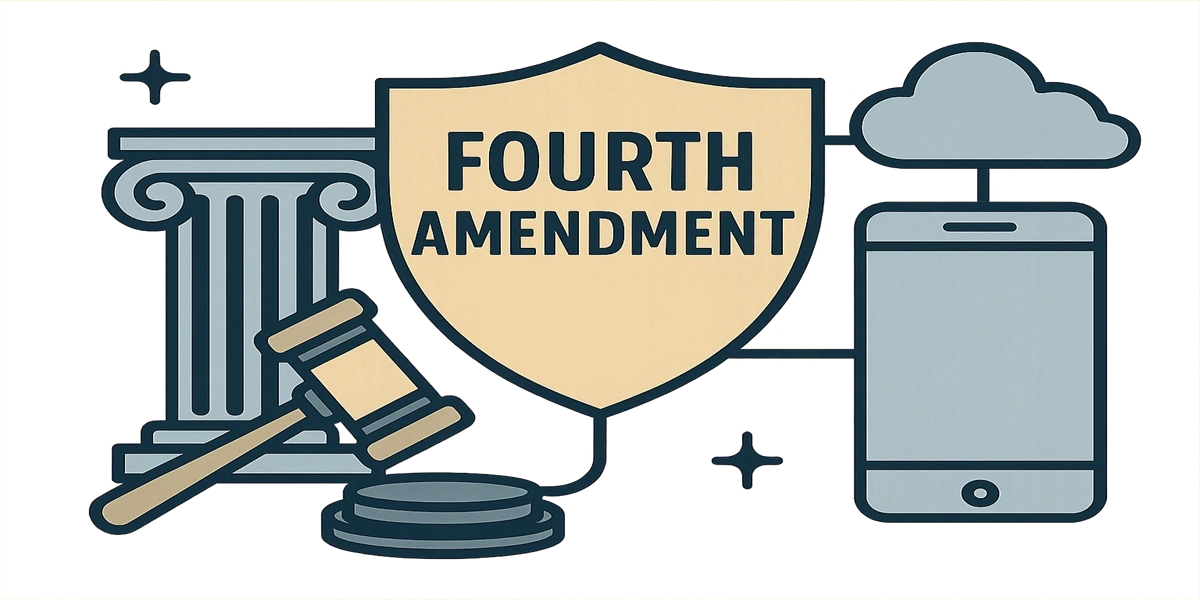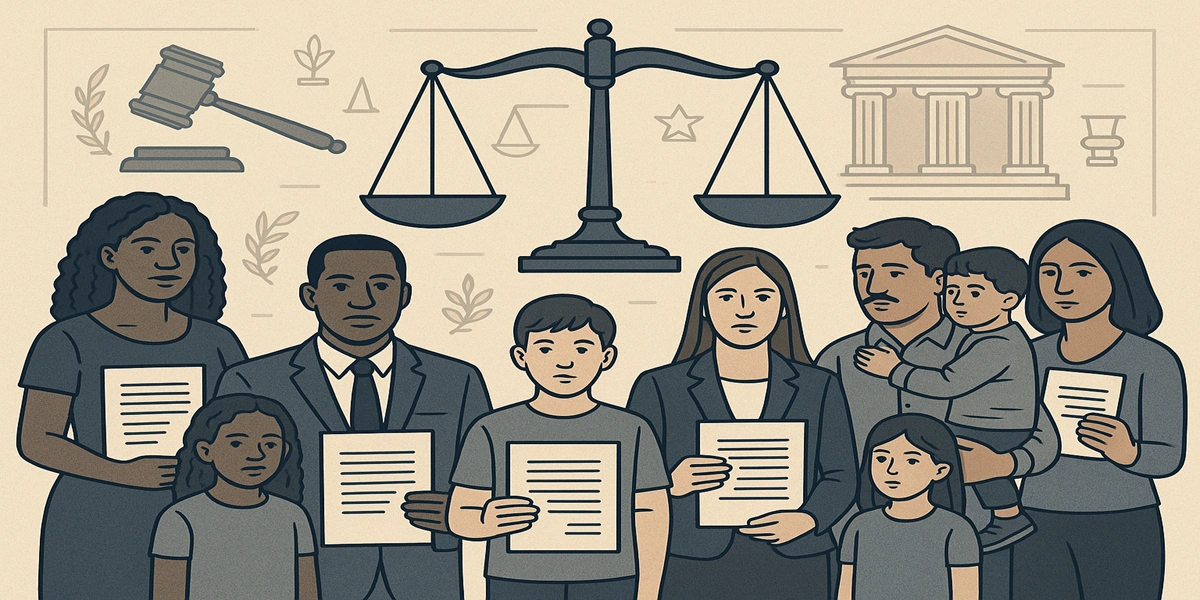Main Takeaway: The Fourth Amendment safeguards the privacy and security of every person in the United States by prohibiting unreasonable searches and seizures and requiring warrants to be grounded in probable cause.
Understanding the Fourth Amendment

At its core, the Fourth Amendment of the U.S. Constitution declares:
“The right of the people to be secure in their persons, houses, papers, and effects, against unreasonable searches and seizures, shall not be violated,
and no Warrants shall issue, but upon probable cause, supported by Oath or affirmation,
and particularly describing the place to be searched, and the persons or things to be seized.”
This single sentence enshrines two fundamental protections:
- Protection from unreasonable searches and seizures.
- Warrant requirement: Any government‐authorized search or seizure must be backed by a judge’s warrant based on probable cause, sworn under oath, and narrowly tailored to the place and items concerned.
Historical Roots
- Colonial Abuses: Motivated by colonial outrage over British “writs of assistance” (blanket search warrants) and general warrants in England that let officials invade homes without justification, the Framers insisted on strict limits.
- Ratification: Proposed by James Madison in 1789 and ratified December 15, 1791, as part of the Bill of Rights.
Key Concepts
Unreasonable Searches vs. Warrantless Exceptions
While the Amendment broadly bans unreasonable intrusions, decades of Supreme Court rulings have recognized exceptions where a warrant is not required, including:
- Consent searches (voluntary agreement)
- Search incident to arrest (immediate area around detainee)
- Exigent circumstances (risk of evidence destruction or threat to safety)
- Plain‐view doctrine (items in officer’s immediate sight during lawful presence)
- Automobile exceptions (vehicles’ mobility reduces expectation of privacy)
Probable Cause
A neutral magistrate must find reasonable grounds—more than mere suspicion but less than proof beyond a doubt—that evidence of a crime will be found in the place to be searched.
Modern Applications and Challenges

Digital Age: In Katz v. United States (1967), the Court expanded the Fourth Amendment to protect “reasonable expectations of privacy,” covering electronic communications like phone calls and emails.
Exclusionary Rule: Evidence obtained in violation of the Fourth Amendment is generally inadmissible in court (“fruit of the poisonous tree”)—a key deterrent against unlawful police conduct.
Surveillance Technologies: Courts continue to reconcile new technologies (GPS tracking, cell‐site simulators, facial recognition) with traditional Fourth Amendment principles.
Common Misconceptions
-
“No warrant needed if it’s digital.”
Modern jurisprudence holds that electronic data often enjoys the same privacy protections as physical spaces. -
“If I have nothing to hide, I shouldn’t worry.”
The Amendment protects not just “secrecy” but autonomy, political freedom, and a free society. -
“Police always need warrants.”
Numerous well‐defined exceptions allow warrantless searches when public safety or evidence preservation demands immediate action.
Why It Matters Today
The Fourth Amendment remains a living guarantee, balancing individual privacy against law enforcement prerogatives. In an era of digital ubiquity and powerful surveillance tools, its protections ensure that government power is wielded with transparency, accountability, and respect for personal liberty.






